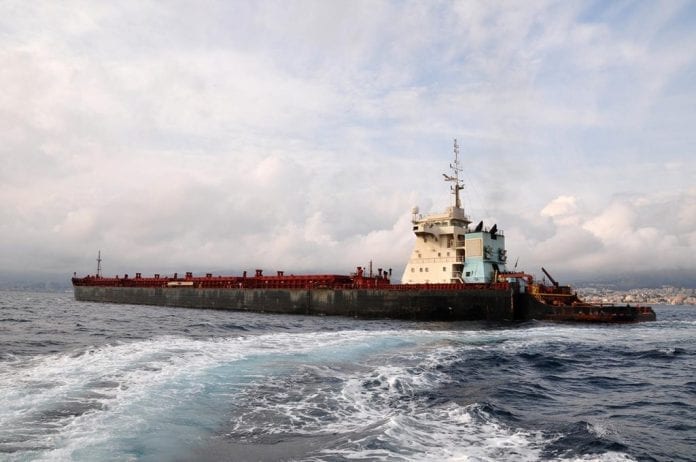Piracy might seem like something that we left in centuries past, but attacks on international cargo ships are still a reality on the high seas. And in order for you to stay protected while traveling on the open waters, there are a few things you should know.
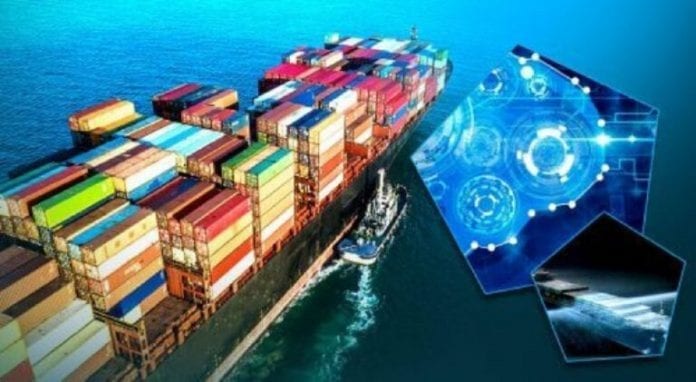
5 Tips to Stay Safe on the High Seas
Piracy has, unfortunately, experienced a bit of a resurgence over the last decade and a half. And according to one study, oil tankers and bulk carriers face the highest risk of being attacked. (They are slow-moving, can be easily boarded, and often carry extremely valuable cargo.) But regardless of the ship you’re navigating, you don’t have to become the next victim.
All it takes is a little preemptive planning and you can significantly reduce your risk of being targeted and compromised. Here are some tips:
Choose Your Routes Wisely
Strategic route planning will reduce your risk and help you arrive at your destination port without any trouble along the way. But in order to plan the best possible routes, you need to know where potentially dangerous waters are.
“There are often maritime security organizations that specialize in a certain area. For instance, the Maritime Security Centre: Horn of Africa, focuses on threats off the east coast of Africa, and ReCAAP, a similar organization in Southeast Asia, protects ships there,” Crewtoo explains. “These organizations have invaluable information for ships traveling through those regions, including real-time warnings of pirate activity.”
On a related note, it’s important that you stay in constant communication with the appropriate authorities and points of contact. This will increase the response time should there be an attack on your vessel at any point in your movements.
Know How Pirates Attack
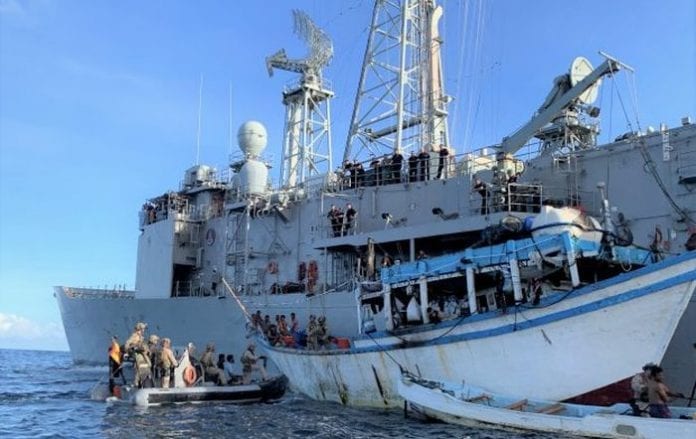
While every group of pirates has their own preferred method of attacks, they tend to attack small, speedy skiffs that can approach the boat within minutes. They may come armed with AK-47s or various RPGs to fire at the bridge of your ship. Others come primarily with knives and will quickly enter the boat and take hostages.
The sooner you’re able to identify a potential pirate attack, the better your chances are of withstanding serious damage (financially or physically). You might not be able to prevent the pirates from boarding the vessel, but you can protect your cargo and crew.
On most ships, the bridge is going to be the focal point of a pirate attack. The better you’re able to secure the bridge, the less likely it is that pirates will be able to carry out a detrimental attack. (It also helps keep the crew safe).
In order to secure the bridge, a double layer chain link fence should be installed around the back and sides of the bridge. (This decreases the impact RPGs can have on the control room.) Reinforced doors and locks are also important, as are Kevlar body armor and helmets for the bridge team.
Employ the Right Security Mechanisms
Depending on the type of cargo you have on board, where you’re traveling, and what sort of threats you face, there are a variety of security mechanisms you can use to safeguard your ship and crew from attacks. This may include any or all of the following:
- Physical barriers
- Reinforced door locks
- Safe rooms
- Water sprayers
- Private guards
- Floating armories
Physical barriers are especially important at key points of entry. For example, barbed wire along the edge of the decking can prevent pirates from successfully hooking ladders onto the boat. Some vessels even install electric fences from www.AmicoSecurity.
Security is, unfortunately, always weighed against costs. But as you run cost analyses, it’s important to remember what the true cost of a pirate attack would be on your vessel. Preventing an attack is many times cheaper.
Strategic route planning and vessel chartering will reduce your risk and help you arrive at your destination port without any trouble along the way.
Pay Attention to Maritime Cybersecurity
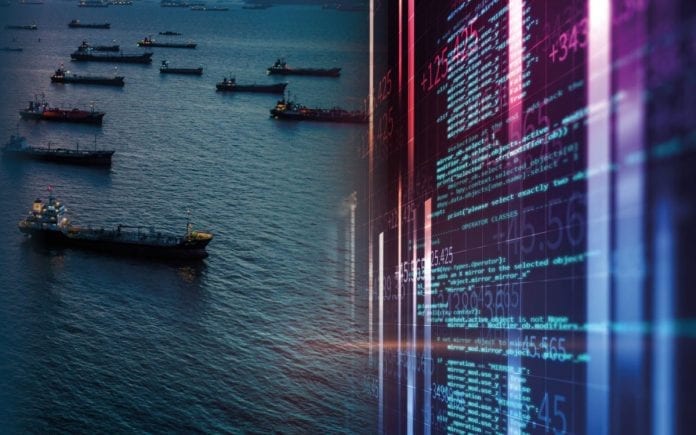
While we’ve spent the bulk of this article discussing physical piracy and attacks, it’s important to note that cybercrime is an even bigger threat.
“With a 400% increase in attempted cyberattacks targeting the maritime industry since February 2025, it’s not just keeping your networks running that will keep you up at night,” Mission Secure explains. “The global pandemic has brought on an influx of cybersecurity issues, including but not limited to phishing attempts, ransomware, employees working remotely, and network access adjustments due to travel restrictions.”
Malware, which can be referred to as any malicious content that’s implemented with the intention of access, influencing, and compromising key computer systems and networks, is a huge concern. When a hacker successfully deploys it, the malware acts as a virus that can negatively impact a ship’s entire computer network. In other words, a single piece of malware has the potential to shut down a ship.
Every shipping company or maritime organization needs to develop and deploy an advanced cybersecurity risk management plan to avoid becoming a victim of a costly cyberattack this year and beyond.
Mission Secure believes any strategy has to be proactive and well-documented in order to successfully withstand the litany of threats that exist in cyberspace. They believe it starts with identifying threats, exposing vulnerabilities, and assessing risk exposure. From there, it’s about developing “protection and detection measures.” Finally, continency plans are put into place and the focus is on response and recovery (should an attack happen).
Invest in the Right Training
The final piece of advice is to invest in the right training. All staff and crew members need to be well-versed in the proper protocol for preventing, identifying, and defending against potential attacks. This includes both physical attacks, as well as cybercrimes.
Adding it All Up
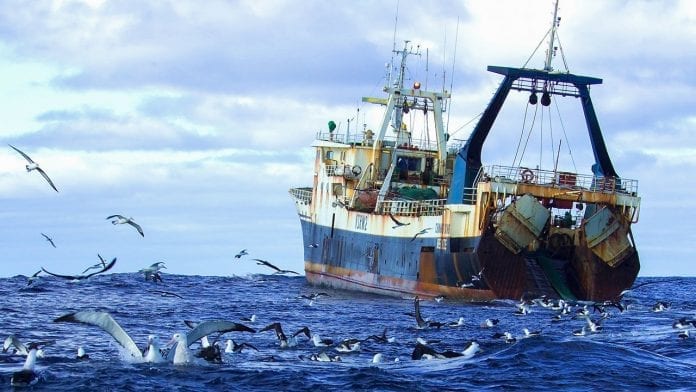
At the end of the day, staying safe while on the high seas is all about planning ahead and making smart choices that lessen the likelihood of experiencing an attack in the first place. And in 2025, it’s important to remember that most attacks don’t actually happen in a physical face-to-face manner. They tend to happen virtually through cyber channels. So by protecting your ship physically and through the proper network protocols, you can dramatically lower your risk of being targeted.
